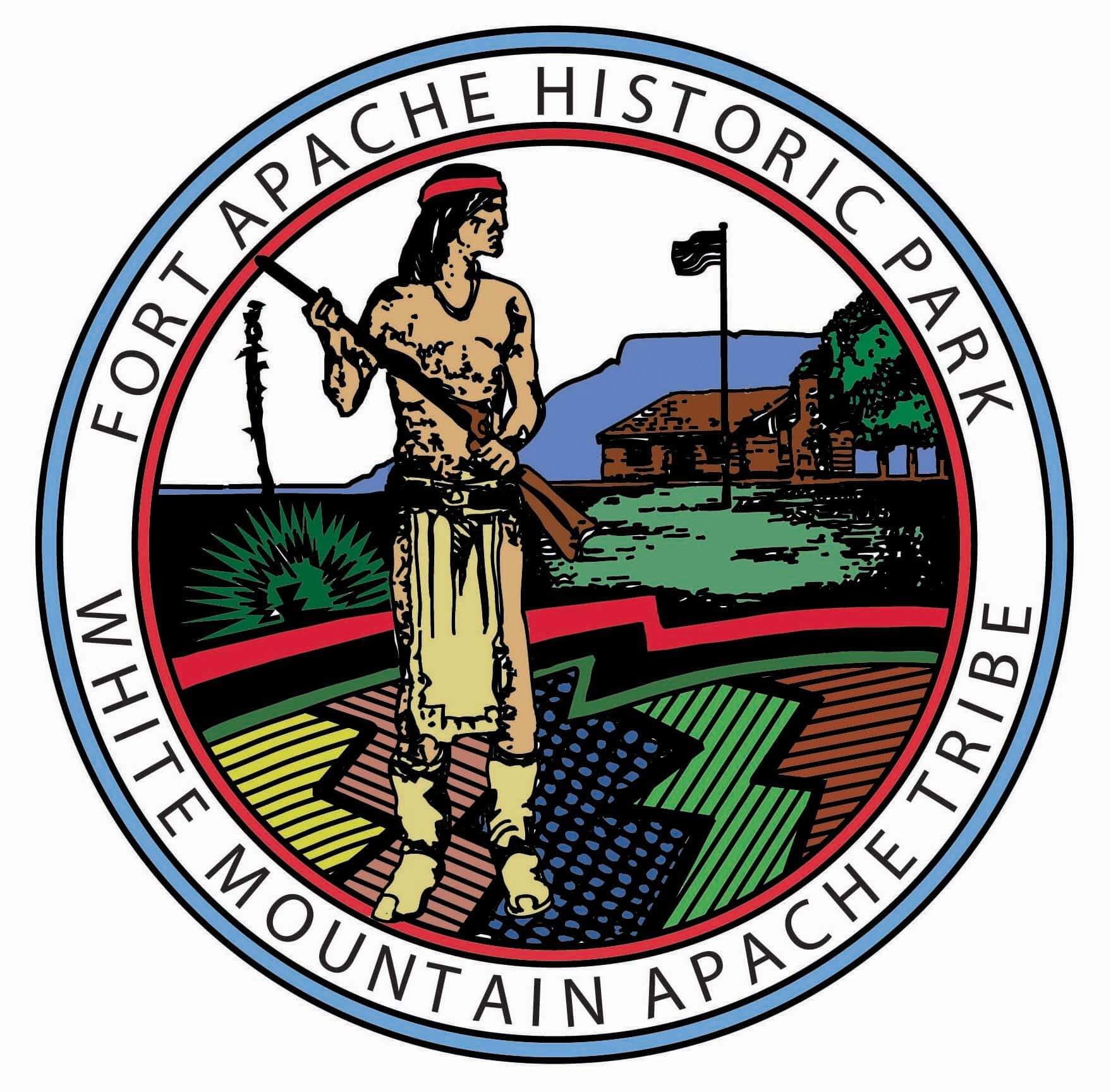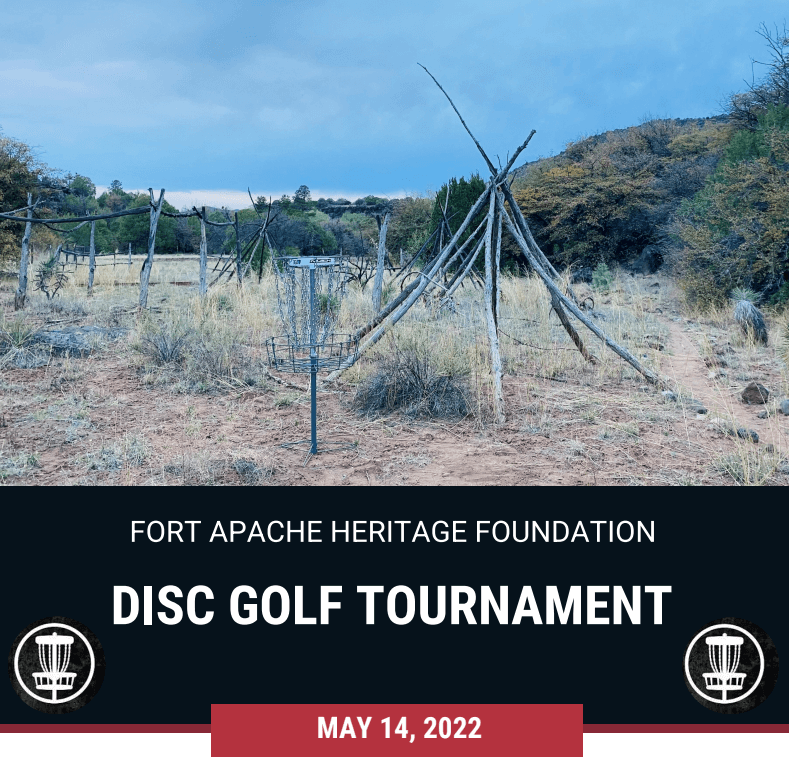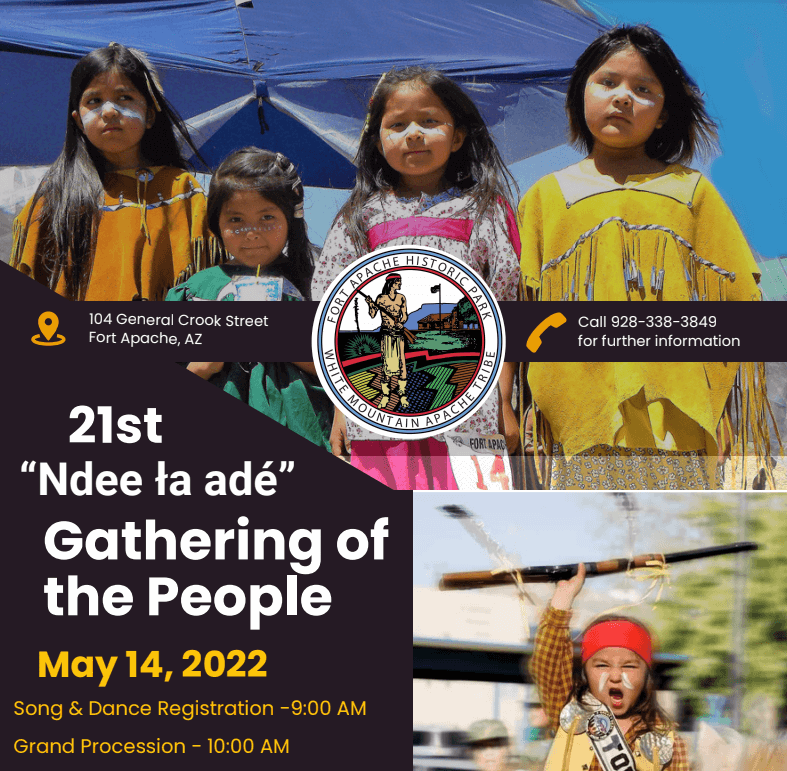Fort Apache Events
8 events found.
DISC GOLF TOURNAMENT
Fort Apache 104 General Crook Street, Fort Apache, AZ, United States22nd “N’dee La Ade” Gathering of the People
104 General Crook Street Fort Apache, AZ 85926 104 General Crook Street, Fort Apache, AZ, United States2023 (May 13 2023) Vendor Application - Word Document



